(STEM) learning
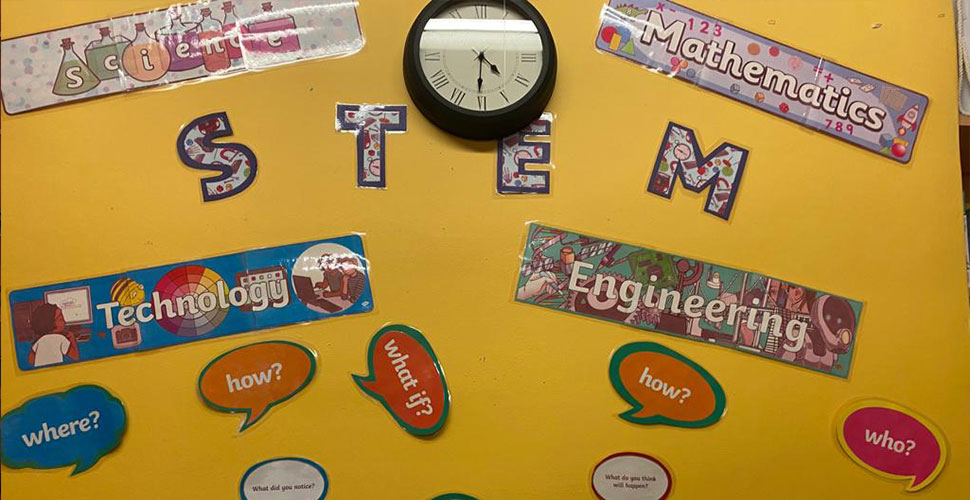
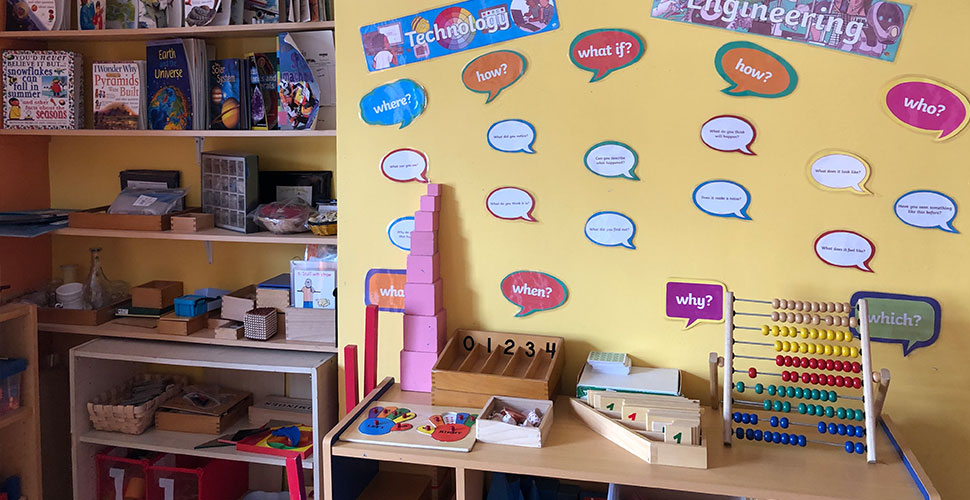
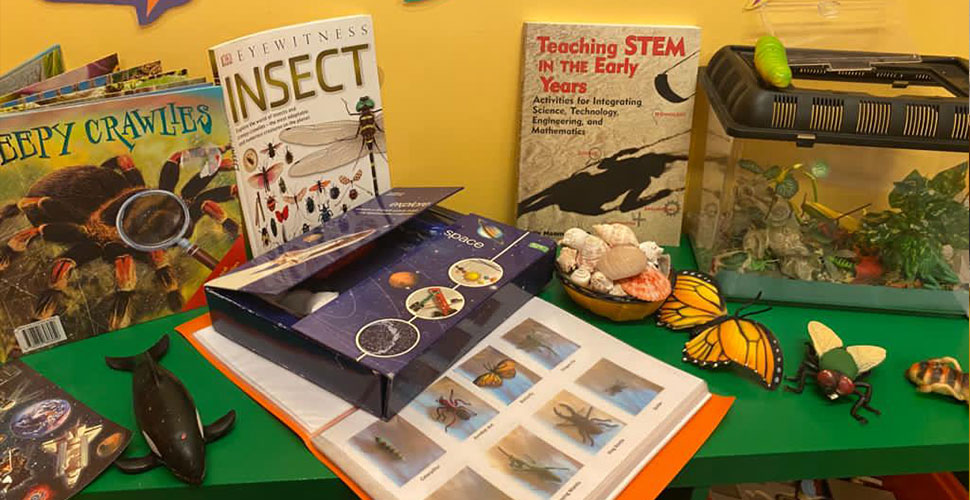
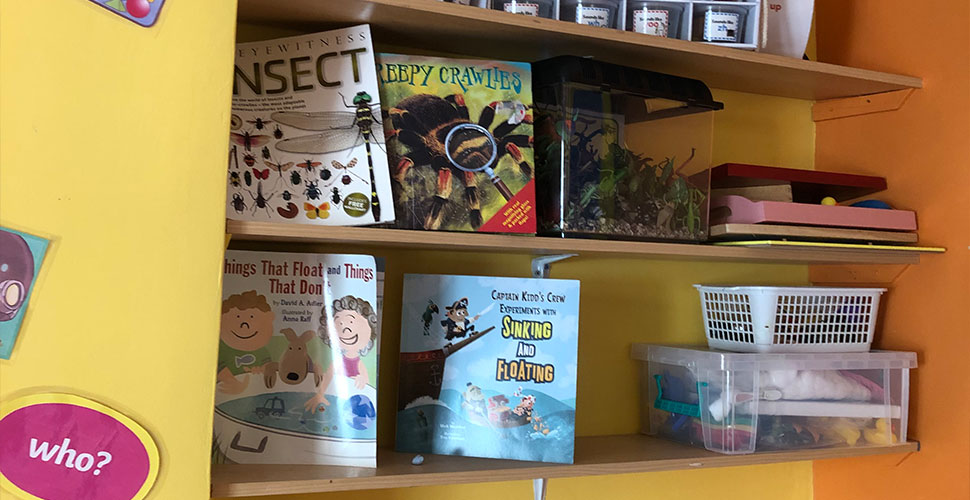
What is STEM?
Science, Technology, Engineering, & Maths
Children demonstrate a clear readiness to engage in Science, Technology, Engineering, and Maths (STEM) learning early in life.
And, just as with language and literacy, STEM education should start early in order to maximize its benefits and effectiveness.
Stem Teaches children investigation skills, it helps them to develop curiosity & creativity and to ask why?
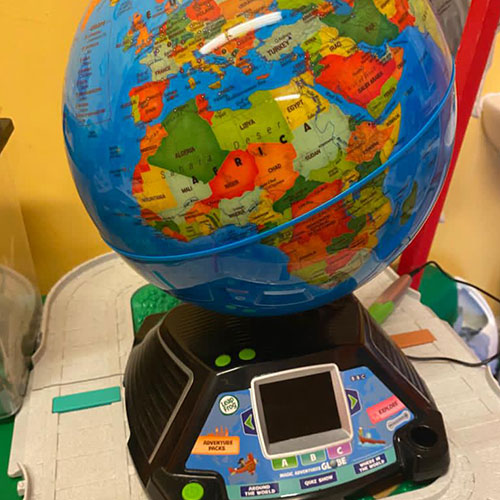
STEM STARTS EARLY!
The STEM subjects (science, technology, engineering, and math) offer many opportunities for children to use their minds and hands to play, explore, and learn.
Research shows that giving children exposure to quality, hands-on STEM learning opportunities is so important and familiarity with STEM concepts early on is a key predictor of children’s school success.
Why Is STEM Important?
STEM is so important in Early Childhood Education to help understand Child Development and Learning.
The rise of the digital age has made Science, Technology, Engineering, and Mathematics (STEM) education more critical than ever.
Early STEM education can promote ongoing academic success, and children who learn STEM concepts throughout their education are better prepared to meet increasingly technology-focused professional requirements.
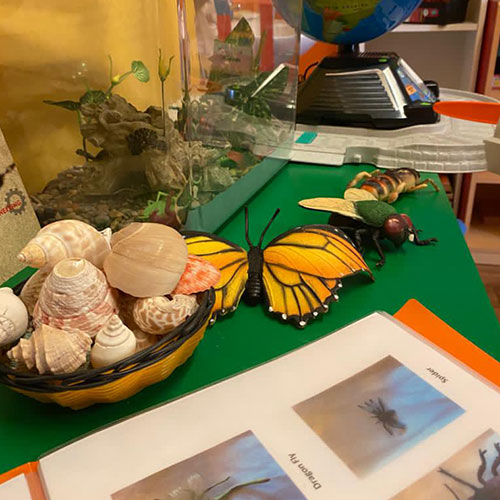
An example of a STEM Activity
This rain cloud in a jar is a weather science experiment that gives young children a chance to explore clouds and rain in a hands-on and engaging way!
Supplies:
- A large jar
- Shaving cream (not a gel version)
- Gel Food colouring or washable watercolours
- Pipettes or droppers
Setting Up the Weather Experiment
1. In a small cup, mix the food colouring with some water.
2. Fill the large jar with water until it is about 3/4 full.
3. Place the jar and the cups of coloured water on the table. Place a pipette in each cup of coloured water.
4. Right before the kids are ready to do the experiment, spray a bunch of shaving cream in the jar until it is just a small bit above the top of the jar.
Doing the Rain Cloud in a Jar Experiment
The kids pick up some coloured water with a pipette and squirt it on top of the shaving cream cloud. Repeat this step one or two more times, but pay close attention to what is happening below the cloud!
The coloured water will begin to seep down through the shaving cream and into the water below. Just like rain!
How it Works
The shaving cream represents the clouds, and the water represents the air. The coloured water represents rain. As the coloured water saturates the “cloud”, it gets heavy and eventually is so heavy that it can no longer hold the water. It “rains” down into the jar – through the “air.” It is the same as when water droplets grow in the sky, they form clouds and when they get too heavy, fall as rain. The experiment is just like when real rain falls through the air.

